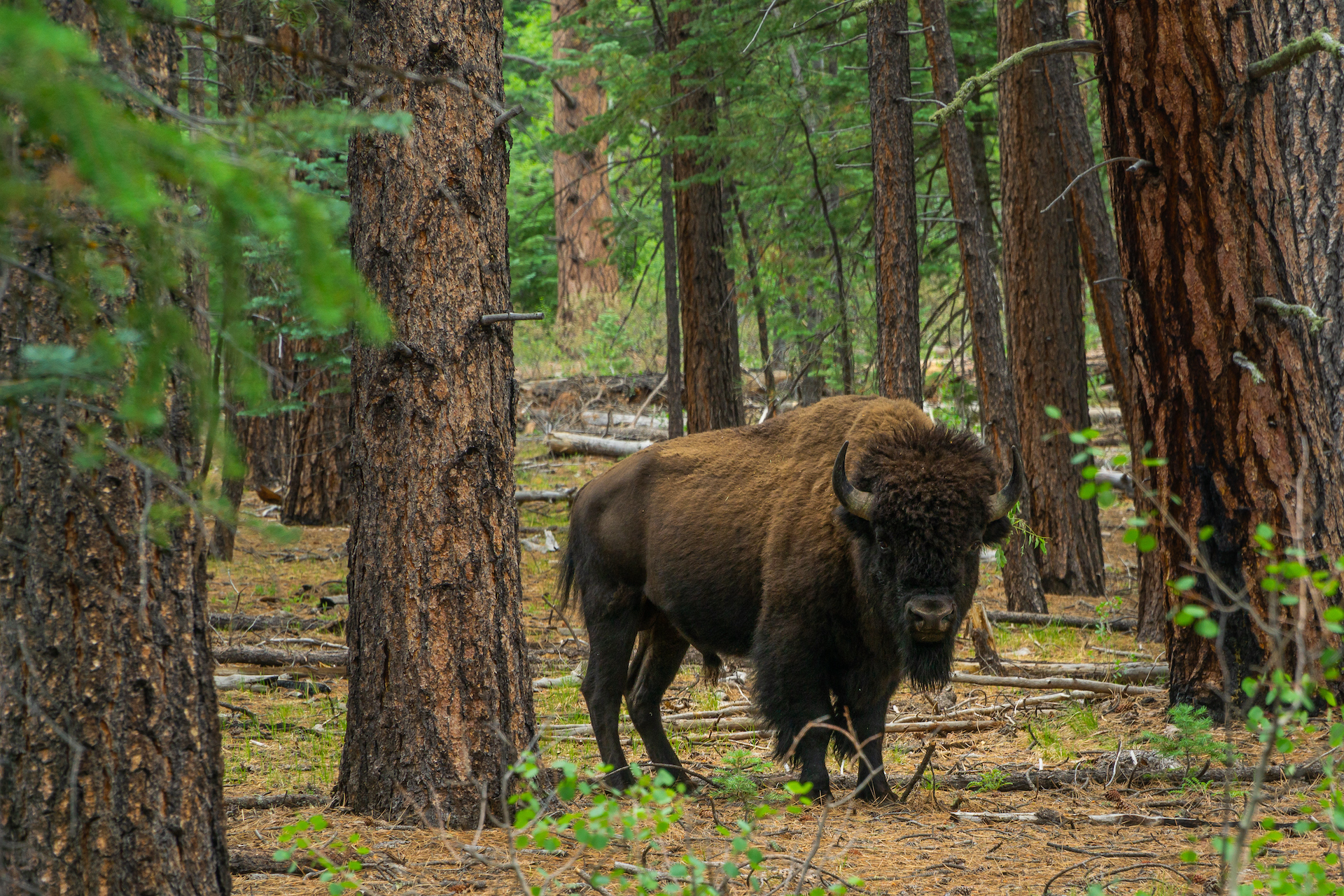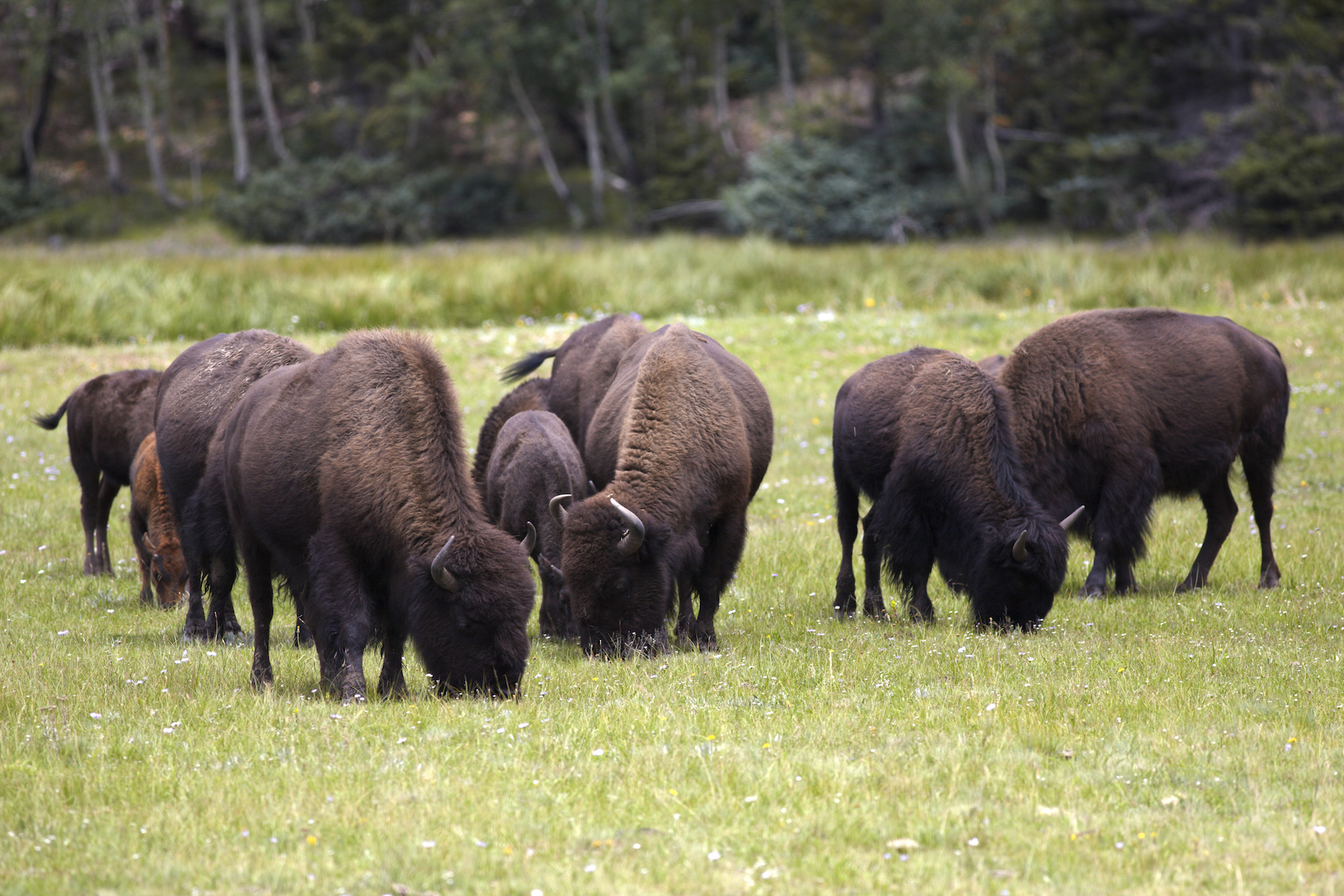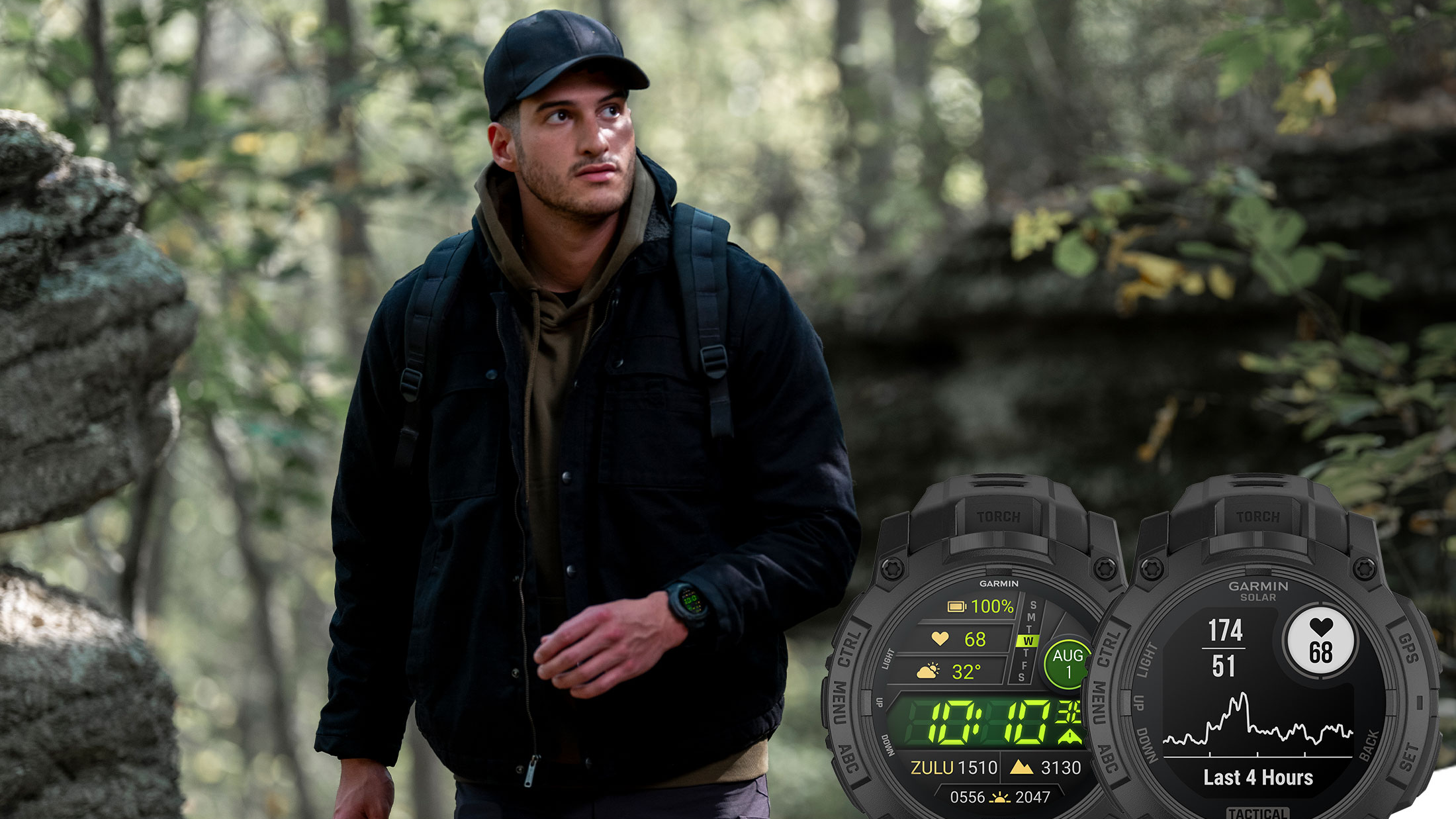Beware the forest ninja bison of the Grand Canyon
Project discovers that bison in the the ponderosa forests of Grand Canyon’s Kaibab Plateau have learnt how to be stealthy

A ninja bison? That’s either the stuff of nightmares or a Pixar film, surely? But it seems such an idea might not be as outlandish as it sounds.
Because apparently some of the bison in the Grand Canyon have learnt to become swift and stealthy when they enter the ponderosa forests of the Kaibab Plateau on the North Rim of the Grand Canyon. Thankfully this strange new behavior doesn’t mean they’re turning into silent assassins. Quite the opposite, in fact. They’re trying to avoid being hunted.
The discovery that these mammoth beasts – often weighing in excess of a thousand pounds – could creep through forests in near silence was made by a team undertaking a management project in the park. They quickly came up with a nickname: “forest ninja bison”.
The team was headed up by Grand Canyon wildlife biologist and bison project leader Miranda Terwilliger, who says that the bison, “can walk through incredibly dense, dead and down wood and not make a single sound.”
Talking to the Arizona Daily Sun, Terwilliger recalls finding bison herds hiding among bushes: “You would just see an ear flick here and there,” she says. “That’s all you’d be able to see.”

Normally bison are animals of the great plains, and they’re not known for climbing and traipsing through woods but both of those things are happening in the Grand Canyon. Indeed, the fact that they’re sticking around the Grand Canyon at all is a more recent development; historically, the bison would have only visited the area occasionally during really major monsoons. But increased human activity on their traditional stomping grounds over the past couple of centuries has seen them driven more permanently to the Grand Canyon.
It appears to be a behavior is a result of the bison having learnt that there’s an “invisible barrier” between the National Park, where hunting the bison is off limits, and the forests, where they can be hunted.
Advnture Newsletter
All the latest inspiration, tips and guides to help you plan your next Advnture!
Not that they’re hunted for sport. Rather, the herd numbers need to be kept down to around 200 (which is the number that experts have decided is the optimum for the area), so while some limited culling is involved, the excess bison are mostly caught and transferred to other areas, a process performed in conjunction with the InterTribal Buffalo Council (ITBC). Since 2018, Grand Canyon Park staff have transferred 182 bison to eight different Indigenous tribes through cooperation with the ITBC.
It appears the bison have learnt where they are likely to be “hunted” and adapted their behavior to avoid capture.
“They see the park as a refuge,” says Terwilliger. “And they really are adjusting their movements and behavior.”
And if you’re wondering why they’d leave the safety of the park at all, Terwilliger explains, “When a bison leaves the park, they're going for water sources and coming back in really straight movement lines. We also found that bison are moving considerably faster when they're on Forest Service land versus the Park Service land. It doesn't seem to matter what kind of topography you have or what kind of vegetation you have, they're consistently moving much, much faster in the forest where they're hunted.”
So if you go down the woods today – in the Grand Canyon at least – you will be in for a very big surprise. So, for some safety advice, see our guide how to avoid being gored by a bison.
